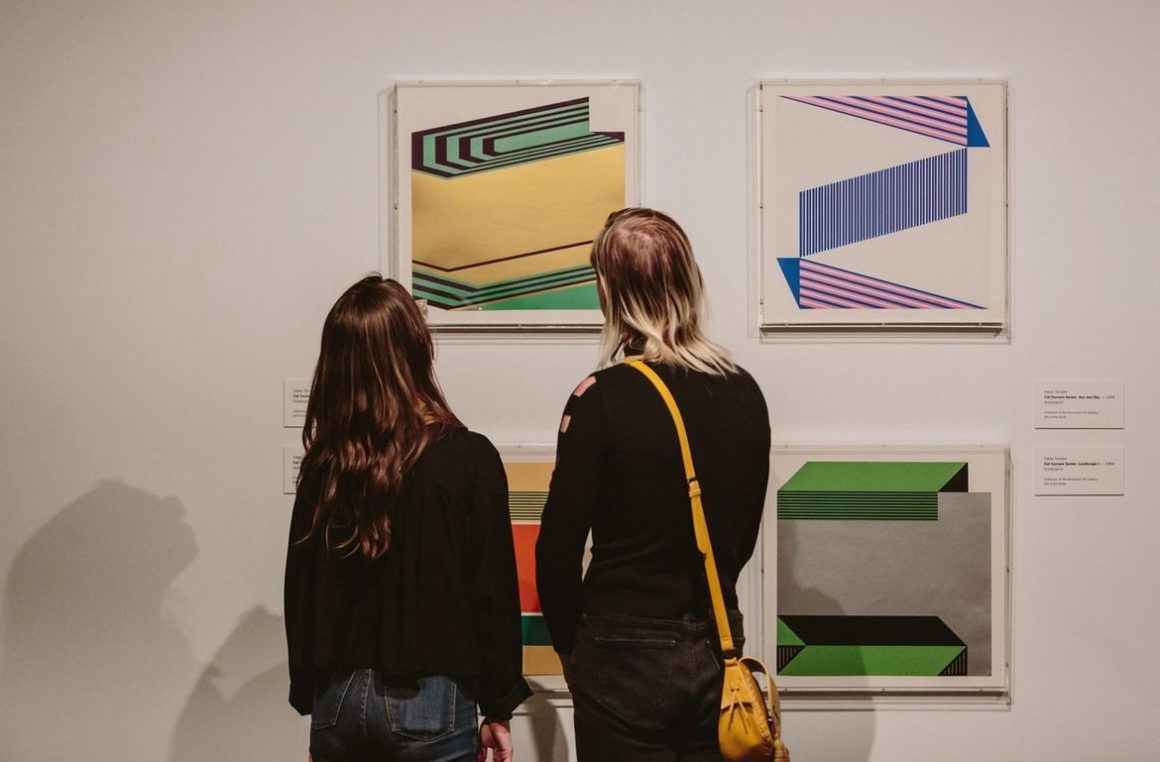
Takao Tanabe’s exhibition at the Glenbow Museum: an affectionate world displayed with delicacy
By Abbas Hussain, November 26 2024—
Canadian artist Takao Tanabe will be having his work showcased at the Glenbow Museum in the first survey exhibition of his print works. The fifth of seven children, Tanabe was born to Japanese immigrants in 1926 in Seal Cove, British Columbia. Now part of Prince Rupert, Seal Cove at the time was a community based on fishing made up primarily of Japanese-Canadian people. Tanabe’s rise as an artist is quite extraordinary.
He and his family were displaced during World War II and sent to an incarceration camp as part of the negative sentiment toward the Japanese. Eventually, once the war ended, he decided to resettle in Winnipeg to attempt to find employment.
In 1946, he enrolled at the Winnipeg School of Art to complete a sign painting course. What was just a sign painting course turned into enrolling at the Winnipeg School of Art as a full-time student to then graduating as an art student in 1949.
He is celebrated for his contributions to many mediums including painting, printmaking and drawing but is especially known for landscapes. His landscapes show his unique relationship with nature, evoking a sense of closeness in some of his pieces. Yet some of his other pieces show his distance from nature, almost as something to be admired from a distance, rather than up close and personal.
In a couple of his landscapes, the colour palette chosen is quite dark and often involves a depiction of violent seas, where the waves are moving at lightning pace, destroying anything that comes in its way. This style and artistic choices perhaps show the author’s pain, and an attempt by the author to show another piece of the puzzle. In one of his other paintings, a yellow barren land is shown, but what stood out to me was the distance from which the painting was showing the landscape, perhaps indicating the author’s distance from the world.
Two of my favourite pieces from the exhibition are Morning Raza Pass and Raza, Early Evening. Both pieces of art show two mountains to either side, with a pass in between. What I love about both of them is the subtle way Tanabe uses black and white colour to show the difference. In a colour painting, it’s fairly easy to distinguish between dawn and sunset. But in black and white, it’s much harder to do that. So I especially love the black and white choice, as instead of showing the massive difference between both times of day, he subtly uses a slight change in the shade of black in order to indicate the relatively minor difference between morning and evening.
Tanabe’s journey as an artist is marvellous. His work embodies the spirit of the world, showcasing the fragility of life, as well as the incredible beauty the world holds. Through his work, he has shown another side to the world, a world so alluring because of its brittle nature.
More about Tanabe’s exhibition can be found on the Glenbow Museum website, where it is currently on display at the Glenbow Museum at the Edison.
